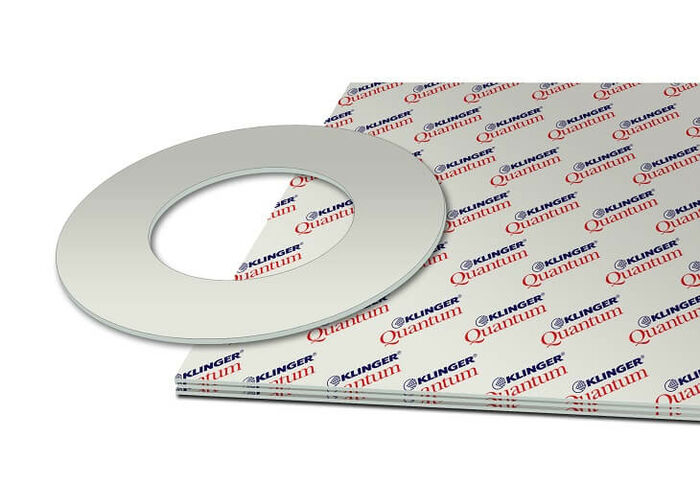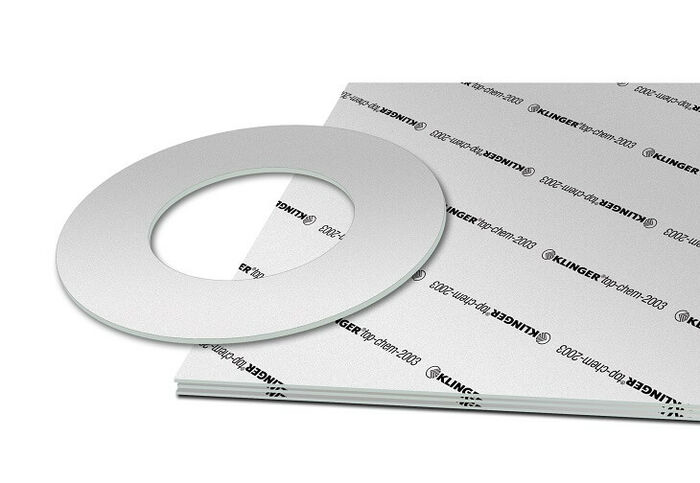Material Hub > Materialien
Materialien
-
Kategorie VerbundwerkstoffeDichte 1.7 g/cm³Kompressibilität 10 %
-
Kategorie VerbundwerkstoffeDichte 1.7 g/cm³Kompressibilität 18 %
-
Kategorie ElastomereDichte 1.89 – 1.95 g/cm³Kompressibilität –
-
Kategorie ThermoplasteDichte 2.9 g/cm³Kompressibilität 3 %
-
Kategorie ThermoplasteDichte 2.1 g/cm³Kompressibilität 7 %
-
Kategorie ThermoplasteDichte 0.9 g/cm³Kompressibilität 50 %
-
Kategorie ElastomereDichte 1.3 g/cm³Kompressibilität 18 %





